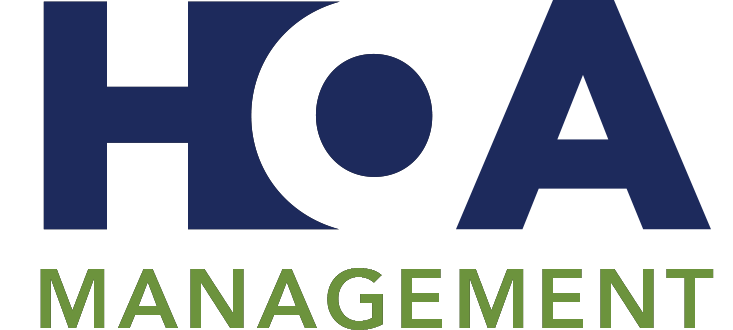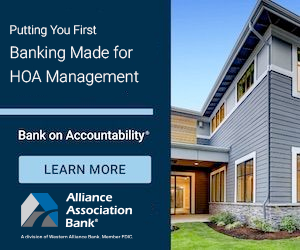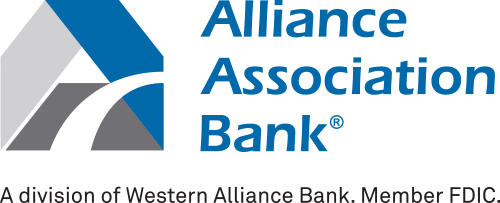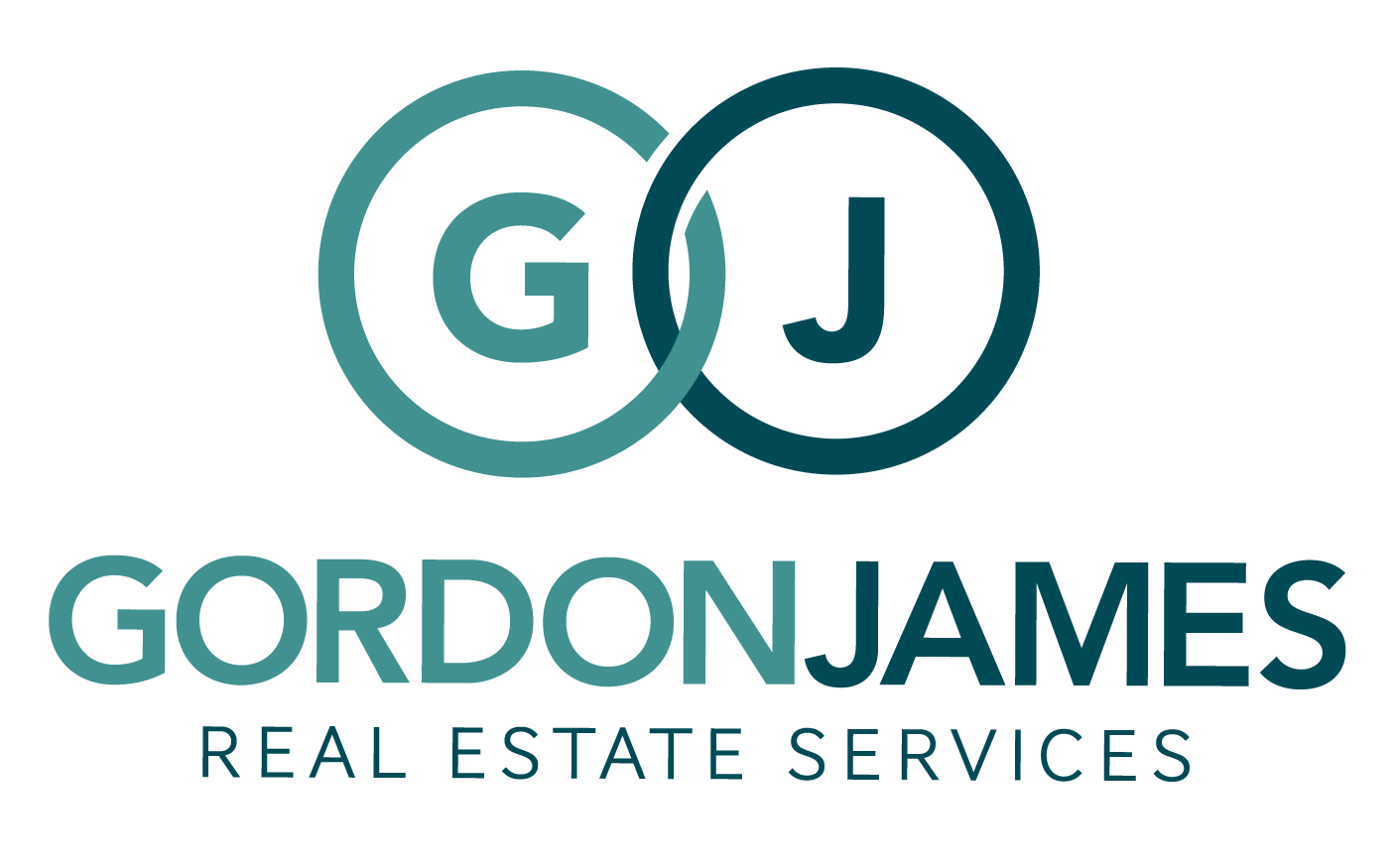A Risk Management For HOA Guide

Running a homeowners association is just like running a business. And if you want your HOA to succeed, it’s important to have a proper risk management plan in place. Here’s a helpful risk management for HOA guide to get you started.
Browse By Category
Sign up for Our Newsletter
Running a homeowners association is just like running a business. And if you want your HOA to succeed, it’s important to have a proper risk management plan in place. Here’s a helpful risk management for HOA guide to get you started.
Importance of Risk Management for HOA Communities
The concept of risk management can be quite complex. However, if you want to understand the importance of risk management for HOAs, it’s important to know the basics — at the very least.
What Is Risk Management?
Risk management is a formal process that identifies, evaluates, and manages risks that can lead to significant losses. It is commonly used in business and other financial sectors. However, running an HOA is very much like running a business. As such, board members must make sure that their association has protection from potential disasters that can affect its financial stability.
What Are the Different Types of Risk Exposures?
A risk is defined as the possibility of loss. Risk exposure, meanwhile, is the measurement of a potential loss due to an event or activity. There are four major types of risk exposures that HOAs should look out for.
1. Property Risks
Property risks refer to events that can impact the structures or facilities of your HOA. These events include fires, floods, earthquakes, and other natural disasters.
2. Liability Risks
Liability risks refer to losses that are caused by a third party. For example, if your vendor did not follow safety protocols and this resulted in injury or harm, the HOA could be held financially liable for the resulting injuries or property damages.
3. Net Income Risks
Net income risks refer to losses due to a decrease in revenue or increase in expenses. For instance, if homeowners do not pay their dues on time, the association will not have enough money to pay for operating expenses. Net income losses can also occur if the board is not adept at financial management, which can lead to mismanagement of HOA funds.
4. Personnel Risks
Personnel risks refer to loss exposure due to the departure, resignation, or retirement of HOA board members, employees, and volunteers. This also covers claims that fall under workers’ compensation laws.
Benefits of Risk Management for Associations
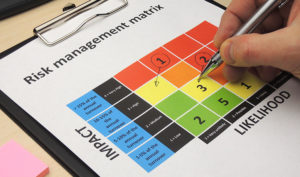 With risk management, the HOA can develop strategies or plans that will eliminate or mitigate their risk exposures. The benefits of having effective risk management for community associations include:
With risk management, the HOA can develop strategies or plans that will eliminate or mitigate their risk exposures. The benefits of having effective risk management for community associations include:
- Safety: A risk management plan helps create a safe environment for your entire community.
- Protection: Another benefit of HOA risk mitigation is that it helps protect homeowners’ investment: their homes.
- Continuity: Risk management also ensures that the HOA can continue to run properly and effectively even after a natural disaster or major disruptive event.
- Reputation: Proper risk management can protect the HOA’s reputation, which is essential for attracting new homeowners and ensuring its longevity as an association.
- Liability Avoidance: Risk management helps decrease the legal liabilities of the HOA and ensure its long-term financial stability.
Community Risk Management Strategies You Need to Know
In this section, you’ll learn about the risk management strategies that HOAs can implement to avoid potential significant losses.
Risk Control
Risk control focuses on avoiding or reducing risks. It is the best strategy for risk management, as well as the least expensive. There are two types of risk control:
- Risk Avoidance — With risk avoidance, HOAs will eliminate all the activities or events that can potentially lead to losses.
- Risk Reduction — Since not all risks can be avoided or eliminated (such as natural disasters), the goal of risk reduction is to lower the probability or magnitude of losses. For example, having a disaster management plan can keep both infrastructures and homeowners safe in case of an emergency.
Risk Financing
Meanwhile, in risk financing, HOAs will find ways to cover losses should they happen or occur. There are three different types of risk financing:
- Risk Retention — Here, the HOA chooses to retain the risks and uses the association’s money to pay for the resulting losses. It could be because insurance cannot be purchased or is too expensive. Another reason is that it is more cost-effective for the HOA to pay for the loss. A common example of risk retention is HOA insurance deductibles.
- Noninsurance Risk Transfer — HOAs transfer the risk to a third party, which is usually an insurance company. Common techniques for this strategy include holding harmless agreements, indemnity clauses, hedging, HOA insurance requirements, or provisions in contracts.
Risk Management and HOA Insurance
HOA insurance is a major component of your risk management program. HOAs pay premiums to their insurance service provider, who will then cover payments for a potentially significant loss. Insurance companies can cover these costs because they pool all the premiums they receive from clients. Since not all clients will experience loss, insurance companies will use their resources for those that do.
When obtaining insurance, HOAs must ensure that they have comprehensive coverage. This is to ensure that your association is covered for all potential risks or losses. The insurance policy for the HOA may also depend on what is stipulated in your governing documents, as well as federal, state, and local laws regarding HOA insurance.
Nevertheless, your insurance policy should include the essentials, namely: commercial general liability insurance, commercial property insurance, HOA board insurance, crime and fidelity insurance, natural disaster insurance, umbrella insurance, and non-owned auto insurance.
How to Perform Risk Management for Associations
Now that you know the basics and importance of risk management for condo associations and homeowner associations, it’s time to discuss the essential steps of creating a risk management plan.
1. Identify the Risks
Risk management is all about preparing for potential risks — both obvious and expected. If you want to be prepared, you must identify all the possible risks for your HOA. This may include safety and security risks, environmental risks, violent acts, and natural disasters. You also need to consider what the potential consequences are for each risk.
2. Evaluate the Risks
After identifying all the possible risks, HOAs must evaluate each one. Analyze one risk and a time and determine the likelihood of that risk happening. This step is crucial because you’ll be able to determine the biggest risks to the HOA. By attaching a monetary value to each risk, the HOA will also be able to prioritize risks to focus on first.
3. Develop and Implement Risk Management Strategies
Not all risks are the same. As such, the appropriate risk management strategies will also vary. HOAs must identify the best strategies for each risk and implement them as soon as possible.
You may choose to eliminate activities or services that create certain risks. Meanwhile, you’ll want to obtain adequate insurance coverage for risks that you cannot avoid or mitigate.
It’s important to have these protections in place to prevent significant losses for your HOA. In addition, the board members must educate homeowners about these risk management strategies and the importance of complying with them.
Homeowners should know about the HOA’s insurance policies so that they can adjust their own insurance policies for their homes. This is the best way to minimize the insurance gap and prevent losses for the community.
4. Monitor and Improve HOA Risk Management
Having risk management strategies in place is not enough; HOAs must also regularly monitor them. This is to ensure that there are risk management policies in place at any given time and that the association has adequate coverage for any potential loss.
Through regular monitoring, the HOA can also determine if there is any need for changes or improvements. Ideally, you should conduct a comprehensive review of risk management strategies at least once a year.
Guiding You Through Proper Risk Management for HOAs
 Risk management requires a lot of preparation. You need to be able to identify potential risks and find the best strategies to eliminate or prevent significant losses.
Risk management requires a lot of preparation. You need to be able to identify potential risks and find the best strategies to eliminate or prevent significant losses.
This risk management for HOA guide can be a good starting point for your risk management plan. The more prepared an association is, the fewer losses the board will have to deal with.
As a result, the association can maintain its financial stability and promote the best interests of the entire community.
Developing an HOA risk management plan requires time, effort, and expertise. If your board needs help with evaluating and mitigating risks, consider the benefits of hiring an HOA management company. Feel free to browse the HOA Management online directory to find the best HOA management companies and vendor services in your area!
RELATED ARTICLES:
- Why Is An HOA Annual Audit Necessary?
- HOA Attorneys – Why They Are Important and How To Find One
- Can You Sue Condo Board Members For Bad Decisions?
Trending Now
Related Article
Sign up for Our Monthly Newsletter
Sign up below for monthly updates on all HOA Resource

